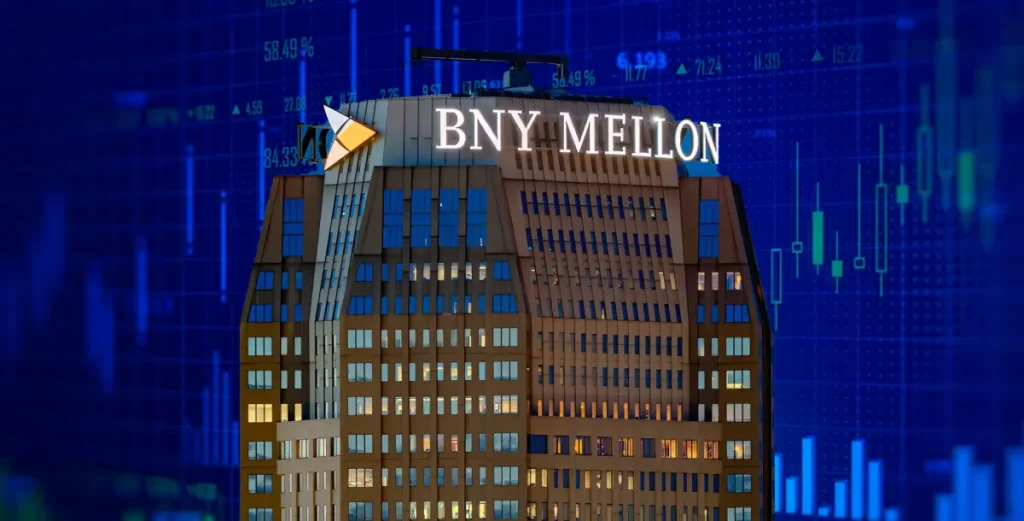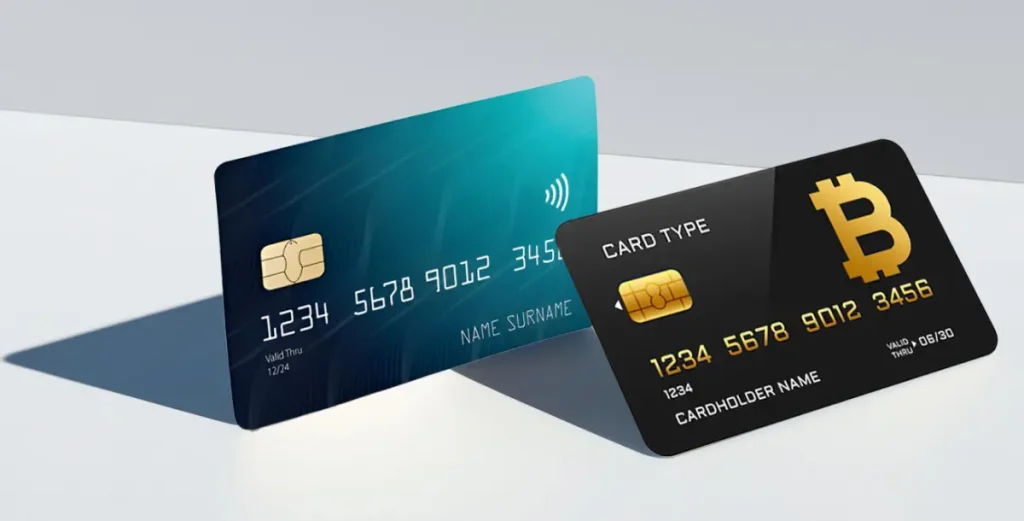$3.6 trillion. According to BNY Mellon, that’s the staggering future value of the digital cash market—encompassing stablecoins, tokenized deposits, and digital money market funds—by 2030. This number isn’t a simple forecast; it’s a warning shot for any institution still hesitating.

(Source: BNY “The Digital Revolution: Transforming Financial Market Infrastructure” Report)
This monumental figure underscores a pivotal shift in global finance. As capital markets accelerate and volatility increases, institutions are seeking greater settlement certainty and enhanced efficiency. Blockchain technology has emerged as the powerful mechanism enabling this new market structure, transforming digital assets from experimental concepts into core pillars of a faster, more transparent financial system.
From Niche to Mainstream: The Catalysts of Change
This profound shift is being powered by a convergence of four key drivers:
Maturing Digital Infrastructure
Blockchain technology has evolved from conceptual framework to practical, institutional-grade solution, creating a new operational model that actively reshapes financial processes. Through smart contracts and secure distributed ledgers, we’re entering an era where transactions automate themselves, records become instantly accessible and immutable, and complex multi-step processes streamline into efficient, single actions.
The impact is already visible across key areas:
In Custody and Settlement: Where traditional asset transfers took days (T+2) with multiple intermediaries, digital infrastructure enables near real-time settlement (T+0/T+1). A tokenized bond, for instance, can trade and update ownership instantly via smart contract execution, dramatically reducing counterparty and settlement risk.
In Payments: Cross-border transactions, traditionally slow and expensive, now occur in minutes rather than days through blockchain solutions using stablecoins or tokenized deposits. Companies can pay international suppliers 24/7 with minimal fees and complete transaction transparency.
In Collateral Management: Previously illiquid assets like real estate or private equity can now serve as programmable collateral through tokenization. Smart contracts automatically manage collateral locking and release based on predefined terms, unlocking trillions in dormant value for intraday repo transactions or DeFi lending protocols.
The Tokenization Revolution
Tokenization—creating digital representations of assets on blockchain—is unlocking liquidity and democratizing access much like ETFs transformed investing decades ago. From securities to real-world assets like real estate and fine art, tokenization enables fractional ownership and 24/7 market access. The most immediate impact appears in cash markets, where stablecoins’ 2024 transfer volume surpassed major credit card networks, signaling a fundamental shift in payment behaviors.
This revolution stems from recognizing that any valuable asset can be digitally represented. Distributed Ledger Technology (DLT) provides the immutable, transparent backbone that tracks ownership and transaction history with cryptographic security. This doesn’t just facilitate transfers—it actively preserves and verifies value through an unforgeable, auditable record of provenance, authenticity, and ownership history.
The Power of Interoperability
The future isn’t about digital replacing traditional finance, but about their seamless convergence. Interoperability enables institutions to leverage both systems’ strengths, creating a 24/7 operational model where value moves without friction:
Collateral is Mobilized Instantly: A hedge fund can pledge tokenized U.S. Treasury bills from its digital vault as overnight collateral for DeFi platform margin loans, accessing liquidity that would otherwise remain locked until business hours resume.
Certainty in Settlement: Trades for tokenized stocks executed after market hours settle intraday (T+0) on blockchain, with digital shares and tokenized deposit payments transferring simultaneously, eliminating settlement risk.
Fluid Cross-System Liquidity: Corporations can convert traditional bank balances into tokenized deposits for 24/7 supply chain payments, while suppliers globally can instantly receive funds and convert them to local currency or use them as collateral.
This network effect, powered by institutions connecting traditional and digital markets, represents the next evolutionary step in deepening liquidity and unlocking operational efficiency.
Regulation as a Catalyst
Supportive regulatory frameworks provide the clarity and confidence institutions require. Initiatives like Europe’s MiCA regulation and the proposed GENIUS Act in the U.S. establish essential investor protections and financial stability guardrails while enabling responsible innovation.
Regulations provide the critical structure for scalable, trustworthy digital asset markets by:
Defining the Rules: Clarifying whether tokens constitute securities, commodities, or payment instruments determines regulatory oversight, disclosure requirements, and applicable laws.
Establishing Institutional Standards: Mandating custody protocols, capital reserves, and AML requirements creates a level playing field with systematic risk management.
Enabling Global Compatibility: Harmonized frameworks like MiCA prevent jurisdictional fragmentation, reducing complexity for multinational institutions and fostering truly global digital asset markets.
By imposing sound governance, transparency, and risk management, regulation builds the foundational trust that enables pension funds, asset managers, and corporations to allocate capital at scale.
The Inevitable Integration of Traditional and Digital Finance
The $3.6 trillion projection represents more than a forecast—it signals a fundamental restructuring of capital markets architecture. We’re transitioning from speculation to utility, where institutional capital merging with blockchain and tokenization technologies creates a financial system that’s inherently more programmable, transparent, and efficient.
This new paradigm thrives on seamless convergence between traditional and digital finance. Smart contracts automate complex agreements, tokenization mobilizes dormant capital, and interoperable networks enable 24/7 settlement with unprecedented certainty. This isn’t distant theory—the infrastructure is actively being built, and institutions engaging now are positioning themselves at the forefront of financial services’ next generation.
The path to the $3.6 trillion digital future is complex, but your access to it doesn’t have to be. Leverage ChainUp’s battle-tested infrastructure to seamlessly integrate digital assets into your strategy and secure your competitive edge. Speak to our experts now




